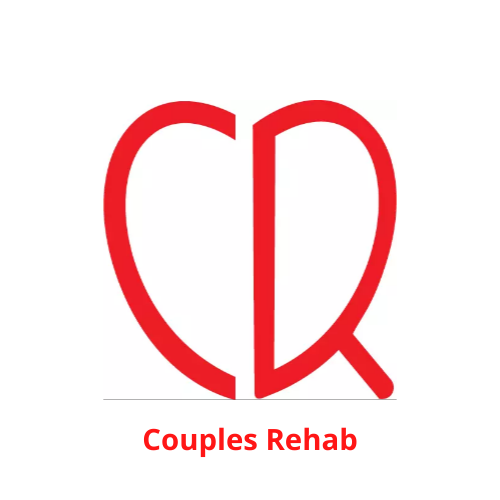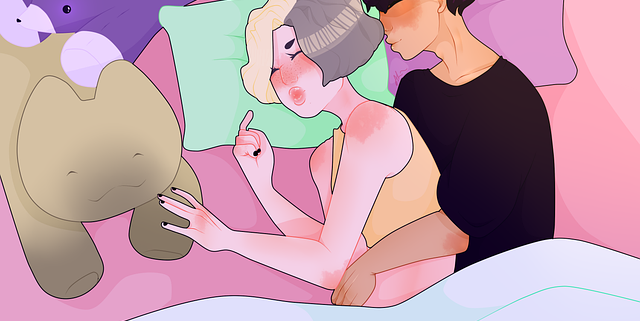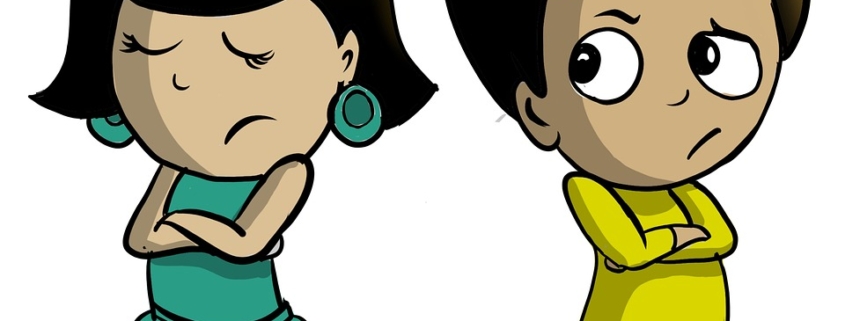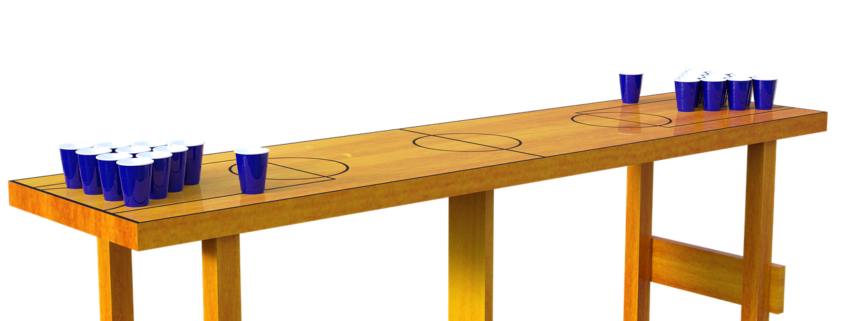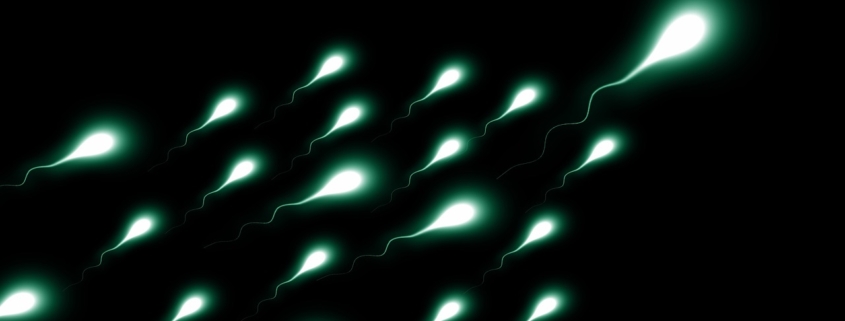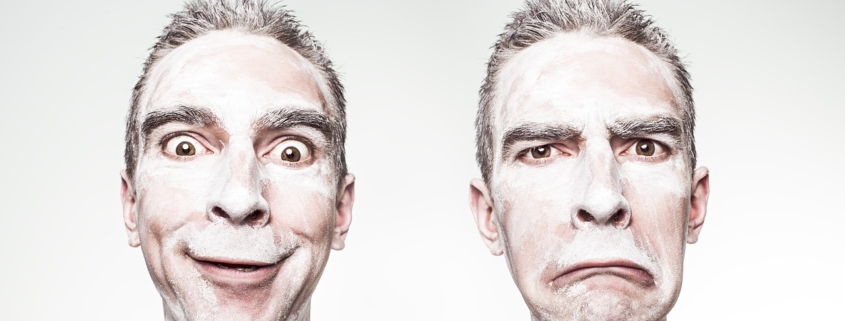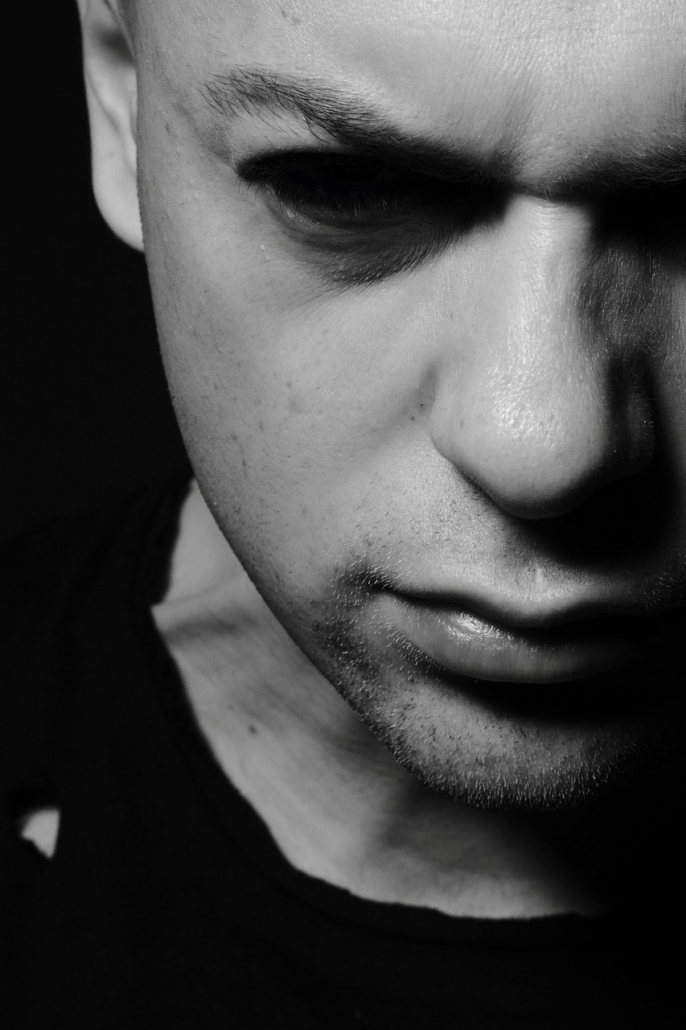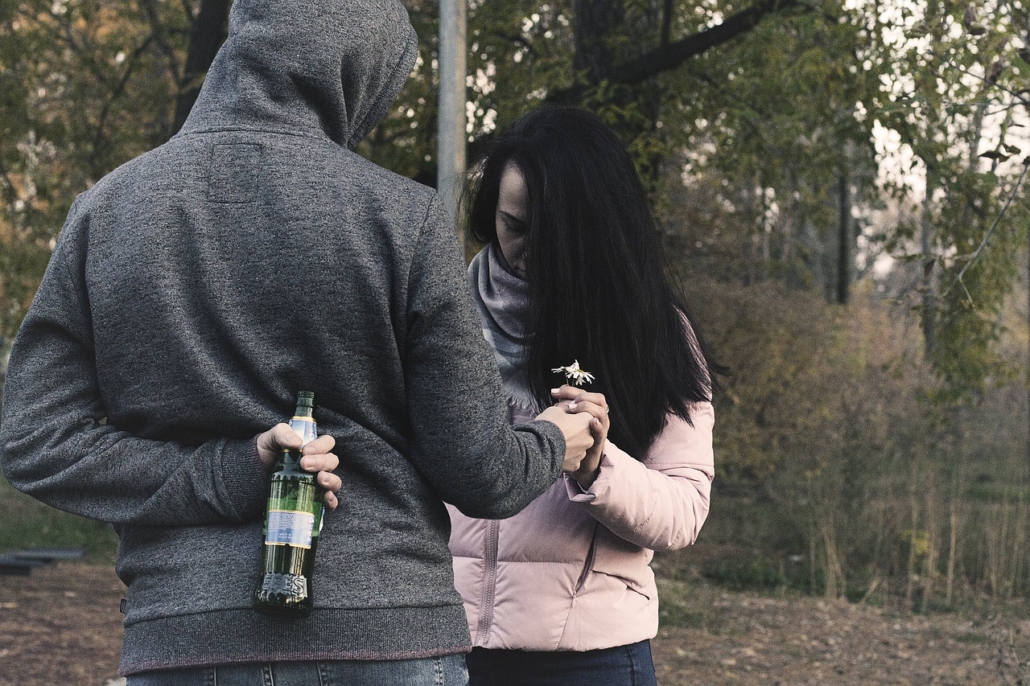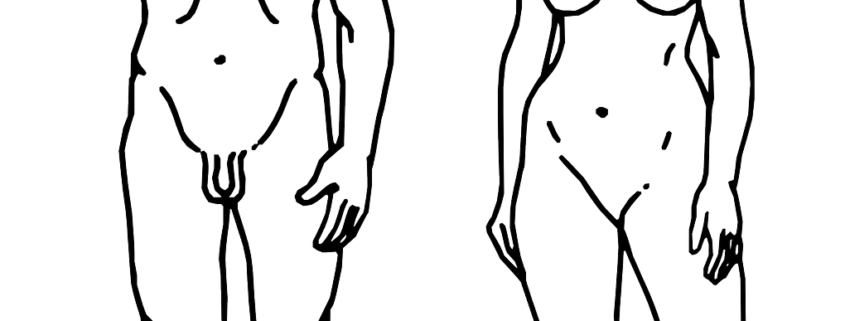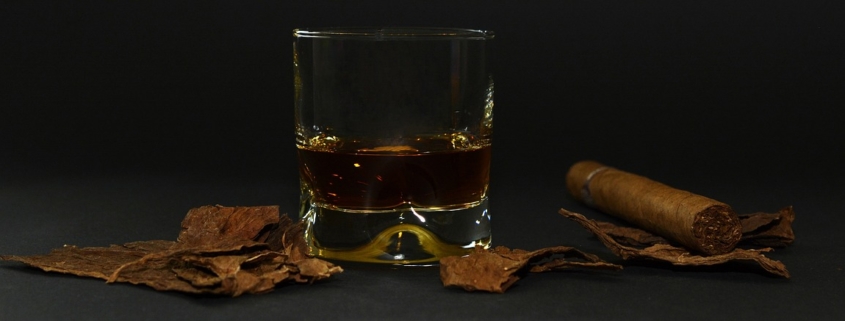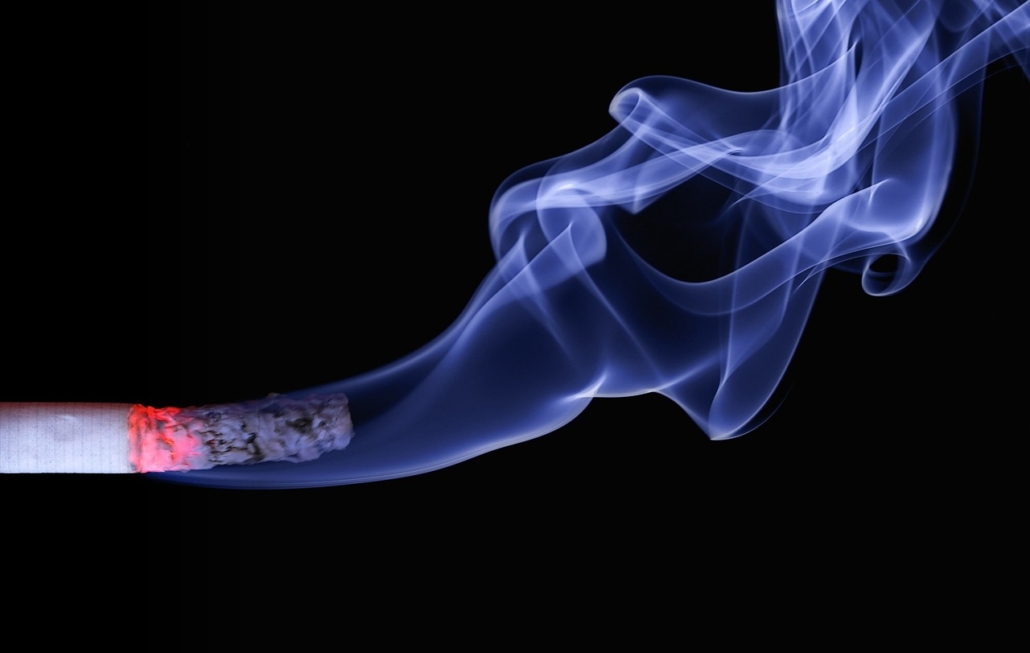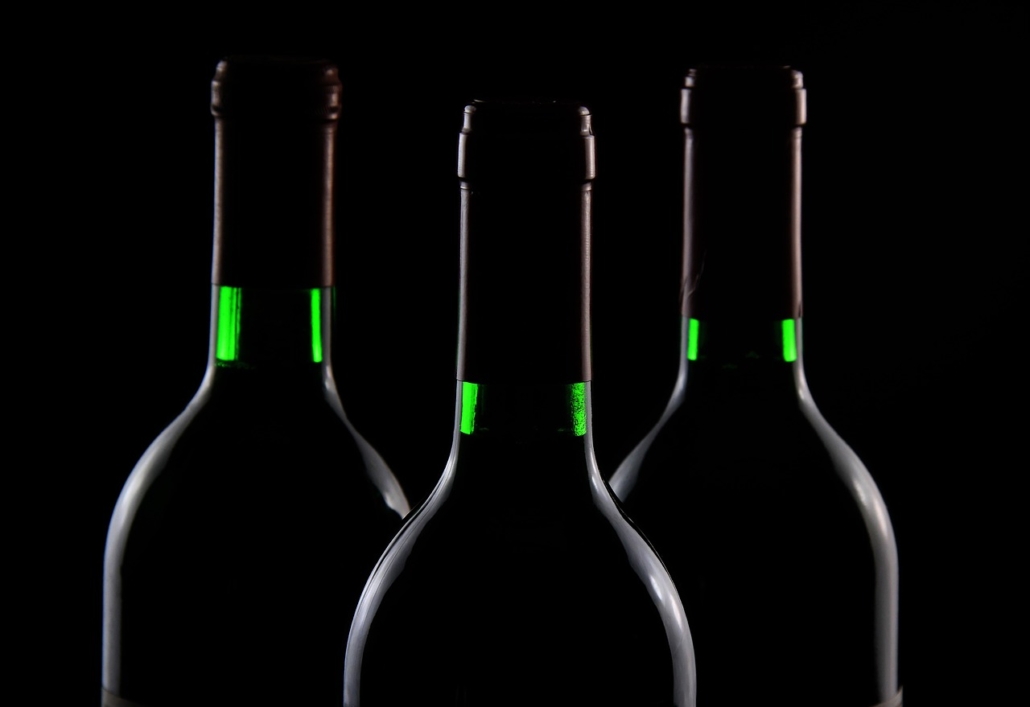Psychedelic Drug Relationship Therapy (PDRT) is a relatively new field of psychotherapy in which the use of psychedelic drugs is used to address psychosocial issues. The term “psychedelic” refers to substances which are considered to have psychoactive properties, including Psilocybin, DMT, and Ketamine. These substances can be used as part of a treatment for depression and anxiety and may also be used in cases of post-traumatic stress disorder (PTSD).
Couples Addiction Treatment Centers: (888) 510-3898
Psilocybin For Couples Therpay
Psychedelic Drug Relationship Therapy with Psilocybin may help you break your drinking addiction. A recent clinical trial showed that a combination of psilocybin and antihistamine pills helped 93 participants reduce their alcohol consumption. The participants also reported that the treatment helped them feel less anxious.
The study was conducted by Stephen Ross, MD. Ross is a psychiatrist at the NYU Langone Medical Center. His findings were that patients who took psilocybin reported relief from depression and stress.
Psilocybin-assisted therapy has also been used to help people quit smoking. The drug has also been studied as a treatment for opioid use disorder. Psychedelic Drug Relationship Therapy with Psilocybin is still an experimental form of treatment, so it won’t work for everyone.
Another clinical trial showed that psilocybin therapy can improve a relationship. Researchers administered a psilocybin dose in the first session. The patients then had four therapy sessions to follow. They were asked leading questions about their fantasies while they tripped.
The results of the study were promising. Over 60 percent of the patients reported significant improvement in their symptoms six months after their first session. The psilocybin treatment helped people experience an increase in empathy. The participants also reported that they had less frequent rumination.
While psychedelics may not be legal in most countries, they have been researched and used as treatment for a variety of addictions. They also help people move through painful periods of their life.
Some researchers believe that the receptive state of mind that comes with psychedelics can help people break out of rigid patterns of thought. However, a bad trip can be scary.
Some psychologists believe that psilocybin therapy could help couples heal. It can help couples get closer, and heal the psychological barriers that keep them apart. The drug has also been found to reduce depression and anxiety.
LSD Couples Therapy
Psychedelic Drug Relationship Therapy with LSD is a form of psychotherapy that uses hallucinogenic plants and compounds to heal mental health conditions. The drugs act on the serotonergic system of the brain. This system is involved in mood, and it also plays a role in the antidepressant effects of SSRI medications.
Psychedelics also induce a receptive state of mind, which is an openness to new ideas. They are believed to help people break away from rigid thought patterns.
Psychedelics have also been shown to help heal post-traumatic stress disorder. The drugs can also increase intimacy and empathy. They also can help couples build a healthy, balanced relationship. They can also be combined with other treatments to treat mental health disorders.
One study of patients with major depressive disorder reported that 71 percent of participants experienced greater than 50 percent reduction in symptoms after four weeks. This is similar to other psychedelic-assisted therapy trials.
One researcher, Franz Vollenweider, a psychiatrist at the University Hospital of Psychiatry in Zurich, is one of the pioneers of modern psychedelic research. He believes that the receptive state can help people escape rigid thought patterns and open up to fresh ideas.
Research studies have shown dramatic treatment effects with psychedelics. However, there are many limitations to the effectiveness of psychedelics.
For instance, some studies have reported that the drug’s psychoactive properties may cause abuse. Furthermore, psychedelics are not yet legal in most countries. However, advocates are working to change this.
Psychedelics are becoming more popular and their use is growing. This means more research is needed to fully understand how they work and how they can benefit couples.
DMT Couples Therapy
Psychedelic Drug Relationship Therapy (DMT) is a psychedelic therapy that uses a moderate to high dose of a psychedelic substance to help patients break negative thought patterns and improve their mental health. These treatments are administered under the supervision of a physician.
DMT is a powerful psychoactive molecule that occurs naturally in small amounts in many plants and animals. Some animals have abnormal production of DMT, which can cause hallucinations. The effects of DMT are similar to hallucinogenic drugs such as LSD. However, the action of DMT lasts for a shorter period of time than psychedelic drugs, such as psilocybin, a psychedelic chemical found in the plant ayahuasca.
DMT is used as a psychedelic drug in rituals of many cultures. For centuries, it has been used in ceremonies by indigenous populations of South America. In recent years, scientists have been investigating its use for research.
DMT is similar in chemical structure to serotonin, a neurotransmitter found in the brain. Serotonin overdose can cause seizures, coma, and death. Overdoses of DMT can cause the same symptoms.
Many DMT users report out-of-body experiences and a sense of “entity”. Others describe a loss of usual sense of self, as well as a sense of connection with other people, animals, or the world.
Psychedelics have been shown to benefit people with depression, substance abuse, and posttraumatic stress disorder. Psychedelics can also help people find fresh perspectives and break bad habits.
Psychedelic Drug Relationship Therapy (DMT) should be administered in a safe, controlled environment. It should also be given by a specially trained psychotherapist. This will help to reduce the risk of experiencing a bad trip.
Ketamine Couples Therapy
Psychedelic Drug Relationship Therapy (KPT) uses ketamine, an anesthetic, to help patients enter into an altered state of consciousness. This experience can have a wide range of effects, and can lead to insight into the soul, body, and spirit.
Ketamine therapy is designed to be a short-term treatment, typically lasting three hours. Patients receive a low dose of ketamine through an IV, or they can receive it via a lozenge or intranasal syringe. The amount of ketamine administered will depend on the doctor’s prescription and the patient’s medical condition.
Psychedelic Drug Relationship Therapy with Ketamine is a form of alternative therapy that combines low doses of ketamine with couples therapy. The ketamine induces a relaxed state of consciousness, which enables the couple to share feedback more openly.
Ketamine has therapeutic applications for alcohol detoxification, chronic pain, refractory status epilepticus, opioid-induced hyperalgesia, and severe headaches. It also has potential benefits for post-traumatic stress disorder (PTSD), depression, and bipolar disorder.
Ketamine-assisted psychedelic therapy has been shown to be effective in the treatment of depression, neurotic depression, and PTSD. The treatment is particularly effective in patients with post-traumatic stress disorder. However, there are still no clinical trials on the effectiveness of KPT for treating alcohol dependence.
Ketamine-assisted therapy is used to treat depression and other psychiatric disorders, as well as addiction. KPT has been used to treat more than a thousand patients since 1985.
Psychedelic Drug Relationship Therapies with Ketamine are used for many different conditions, including anxiety, chronic relational issues, depression, and addiction. Patients undergo a comprehensive assessment, and a treatment plan is developed. Patients typically receive between six and twenty sessions, though they may also opt for a maintenance program.
Risks and Adverse Effects of Psychedelic Drug Relationship Therapy
Psychedelic drug relationship therapy (HRIT) is a method of therapy that is often used by those who have psychedelic experiences. The focus of HRIT is on providing information about the risks of using psychedelics and assisting clients to maximize the benefits of their psychedelic experiences. It can be used as an alternative to abstinence-only therapy.
In order to ensure safety for clients, therapists should provide information on risks and adverse effects, as well as a range of informational resources. Therapists should also encourage clients to seek medical advice before taking psychedelics.
While it is rare for adverse events to occur during a psychedelic experience, therapists should be prepared for adverse events that may occur during the experience. For instance, a client may experience an overdose. This could be due to the administration of psychedelics in combination with other substances. Psychedelics may also interact with psychotropic medications.
If a client experiences an adverse event during a psychedelic experience, the client may report this to another provider. However, if the client experiences an overdose, the client should seek medical attention immediately.
The degree of risk varies by location and the disposition of local law enforcement. In some states, therapists who have been reported to be practicing unethically or who have been accused of unethical behavior by their colleagues may be required to report their actions to their licensing board.
Psychedelic drugs have been linked to an increased risk of psychosis in people with psychotic disorders. In addition, psychedelics can cause short-term high blood pressure and light headaches. However, most psychedelics appear to have fewer unwanted side effects than other drugs.
The physical environment in which a client takes psychedelics is also important. If a client has not experienced psychedelics before, a therapist should not facilitate the use of psychedelics in the client’s home.
